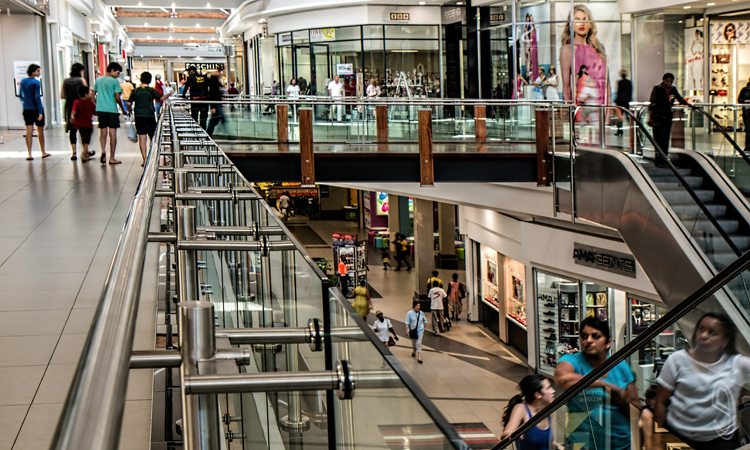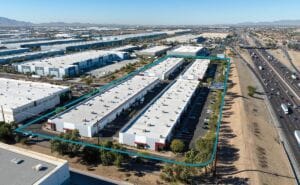The Phoenix metropolitan retail market tallied a year-end 2022 vacancy rate of 5.7% which is a 40 year low for the market, and 250 basis points lower than 2020’s vacancy of 8.3%. This breakthrough performance was fueled by absorption of 3.6 million square feet of space, which far eclipsed the 10-year average which was 1.5 million leased square feet.
DEEPER DIVE: Demand for Scottsdale Airpark commercial space far exceeds supply
“The Phoenix metro area has not experienced this level of positive retail performance in over a decade. Vacancy rates have not been this low in over 40 years,” said Dave Cheatham, President of Velocity Retail Group’s Phoenix office. The high tide for Phoenix vacancy was in 2010 when the vacancy rate reached 13.3%. “The absorption recorded in 2022 has more than doubled that of pre-recession numbers and is nearly a 60% increase over 2021, which drove down the vacancy,” he added.

In addition to vacancy and absorption, Velocity Retail Group analyzes multiple layers of statistics relating to the retail real estate market including an in-depth study of vacant big boxes that the firm has tracked for close to 20 years. Big boxes are spaces over 10,000 square feet which might have been a former grocery store, drug store, or other retail store. In 2011 there were 326 vacant big boxes in the Phoenix metropolitan area, which equated to 40% of the overall vacant space in the market. “2011 was the time in Phoenix when several retailers were closing multiple stores. Basha’s closed 25 locations, Mervyns 14, and Circuit City 13,” he added. In total there were 89 vacancies created by seven retailer bankruptcies during 2011. This totaled nearly 3.7 million square feet from just these seven retailers.
The number of vacant big boxes ebbs and flows each year but has averaged 250 vacant boxes over the last eleven years. “What is remarkable in 2022 is that the big box vacancies are now at 123, and total about 30% of the overall market vacancy,” said Cheatham. This is a fifty percent drop in vacant boxes over our historical average. This is great news for the market and shows a resurgence with big box retailers. There are a variety of retailers moving into these former vacancies, which include fitness centers, entertainment uses, specialty grocers, and soft goods to name a few.
There are a few clouds on the horizon as we head into 2023, rising interest rates, inflation, and the costs for labor and construction can be some that slow the retail train. But overall the momentum in Phoenix is strong, with increased interest from retailers new to our market and existing retailers who have paused expansion over the last 15 years. In Surprise, Buckeye and east Mesa, there are several new power centers coming out of the ground and planned for 2024 and 2025 which will fuel continued periphery growth in those trade areas that have long been paused for new retail development.
“Overall the retail market in metropolitan Phoenix has shined in 2022, and we look to continued strong retailer activity, absorption close to 3 million square feet and vacancy rates that decrease to almost 5% by year-end 2023,” said Cheatham.




